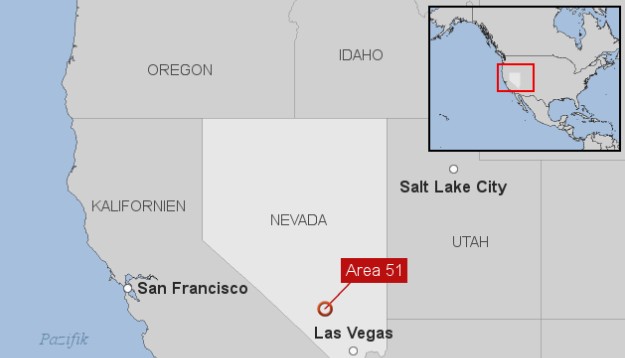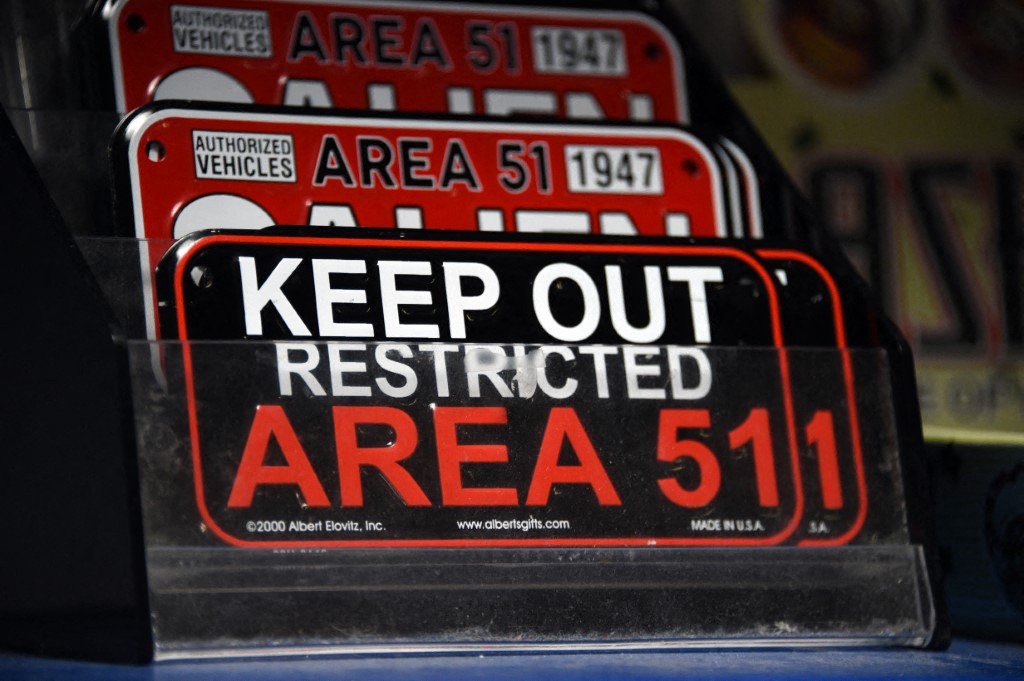Deep in the American desert, specifically in the southern part of Nevada in the western United States, lies a secret military base behind fortified gates with no signposts, surrounded by barbed-wire fences that clearly signal visitors are unwelcome. This base has truly become a legend.
“Base 51” is the most mysterious name in U.S. military history and the most famous front for theories about extraterrestrial experiments and advanced technology.
“Area 51” was born out of the Cold War as a secret facility in the 1950s, when the CIA decided to establish a remote site to test advanced spy planes, far from the eyes of the Soviet Union and its agents.
At that time, the sky was a battleground for espionage, and aerial superiority was a decisive strategic tool. The first of these projects was the U-2 spy plane, followed by faster and more advanced aircraft such as the A-12 and the SR-71, all developed under programs steeped in deep secrecy.
“Area 51,” which never appeared on maps, quickly became a closed military symbol, home to futuristic technologies and guarded by an ominous official silence, turning it into a global legend and an open mystery to human curiosity.

Following the famous 1947 Roswell incident—in which a “flying saucer” was allegedly found crashed in the New Mexico desert—imagination, suspicion, speculation, rumors, and myths began to link the event to “Area 51.”
Over the decades, dozens of leaked stories emerged from former employees, aviation experts, and eyewitnesses, speaking of experiments on unidentified flying objects (UFOs), unconventional propulsion technologies, and even attempts to communicate with alien civilizations. Yet for many years, the U.S. government remained silent, refusing to acknowledge the base’s existence in the first place.
In 2013, official CIA documents were released, finally confirming the existence of the site and its use for developing secret aerial projects—fueling suspicions rather than dispelling them. Then, in 2019, a Facebook joke sparked a frenzy when thousands of people announced their intention to storm “Area 51” under the slogan “Let’s see them aliens.” Although the stunt never went beyond a media spectacle, it brought the base back into the spotlight and raised a big question: Why does this facility, despite all technological progress and supposed transparency, remain shrouded in such an enormous level of secrecy and mystery?
In an era where truths accelerate and trust in institutions crumbles, “Area 51” remains a unique example of the gray, shadowy spaces where humanity dwells. The question remains: Is it merely a fortified military installation, or is it the real front for a world we dare not believe exists?
We may never know what happens behind the walls of “Area 51,” but one thing is certain: its secret is no longer confined to soldiers and scientists. It has become part of global culture, where mystery needs no confirmation to survive—only silence, allowing imagination to fill the void as it pleases.
Please post your comments on:
[email protected]
 Politics
Politics







